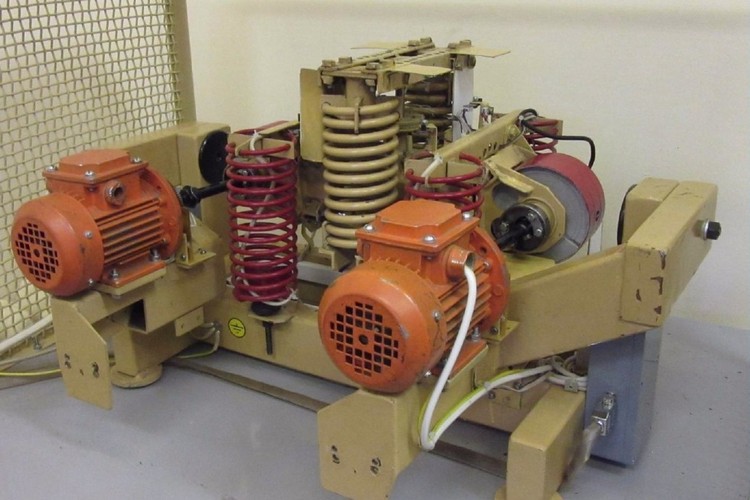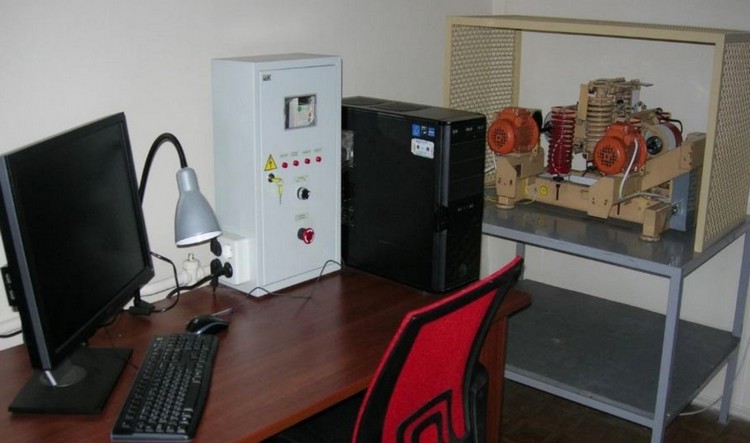SPbGASU scientists improved the technology for the production of bulk building materials
Associate professor Olga Tomchina, Cand. of Engineering, Department of Electric Power and Electrical Engineering, SPbGASU Faculty of Environmental Engineering and Urban Economics develops control algorithms for the phase shift (vibration field) of the rotors. She works on that together with her former student, presently associate professor at the same department Dmitry Gorlatov, who defended his candidate dissertation on exactly this topic in 2016.
The work is intended to improve the management of vibration systems used in the production of building materials. The research results are presented in the article Control of vibrational field in a vibration unit: Influence of drive dynamics, published in the international journal of Cybernetics and Physics.
✔ According to Olga Tomchina, this development can significantly increase the efficiency of production of building materials.
Vibration technologies (screening, crushing and vibrotransport) play a significant role in the construction industry. First of all, they are essential for the production of bulk building materials. Those include high-quality concrete, foam and aerated concrete, dry building materials and asphalt concrete, i.e., those materials in which fractionated building sand is used as fine aggregate. Therefore, for the high-quality production of such materials, it is necessary to strive for maximum efficiency in the operation of vibroinstallations.
At the same time, the increase in the performance of the vibration unit is largely associated with the stability of the synchronous rotation mode of its unbalanced rotors (vibration exciters). The theoretical basis for such rationalization was laid in the works of the famous St. Petersburg mechanical engineer professor Ilya Blekhman, who showed that in many cases synchronization in vibration systems can be achieved due to the effect of mechanical self-synchronization of rotating rotors. Olga Tomchina continued these developments and suggested that the speed of vibration transportation could be increased.
“The fact is that sometimes the self-synchronization of rotors is not stable enough, for example, when providing the specified phase shifts of the rotors of vibration exciters,” Olga Tomchina explained.
In this case, to provide for a stable phase shift of the rotors, contributing to the acceleration of vibration transportation, it is necessary to create phase shift control algorithms (vibration field). This would help to achieve the maximum speed of vibro transportation, and therefore, to avoid congestion of the transported bulk material at the discharge end of the platform.
✔ In the published article, an innovative solution was proposed: the control system of the vibration unit was developed and analyzed with the account of the influence of the dynamics of the electric drive (before that, scientists have been considering only the mechanical part).
The study was carried out using simulation in the MATLAB software environment for the SV-2M two-rotor vibration bench. The stand was developed jointly with scientists from the Institute of Problems of Mechanical Engineering of the Russian Academy of Sciences and R&DC Mechanobr-Technika. The mechanical design controlled by electric drives is connected to a computer, the screen of which displays vibration operation schedules.{gallery name="Томчина 032020"}
Text: Alexandra Podolnikova
✔ Learn more about the Department of Electric Power and Electrical Engineering, areas of training at it and its teachers



